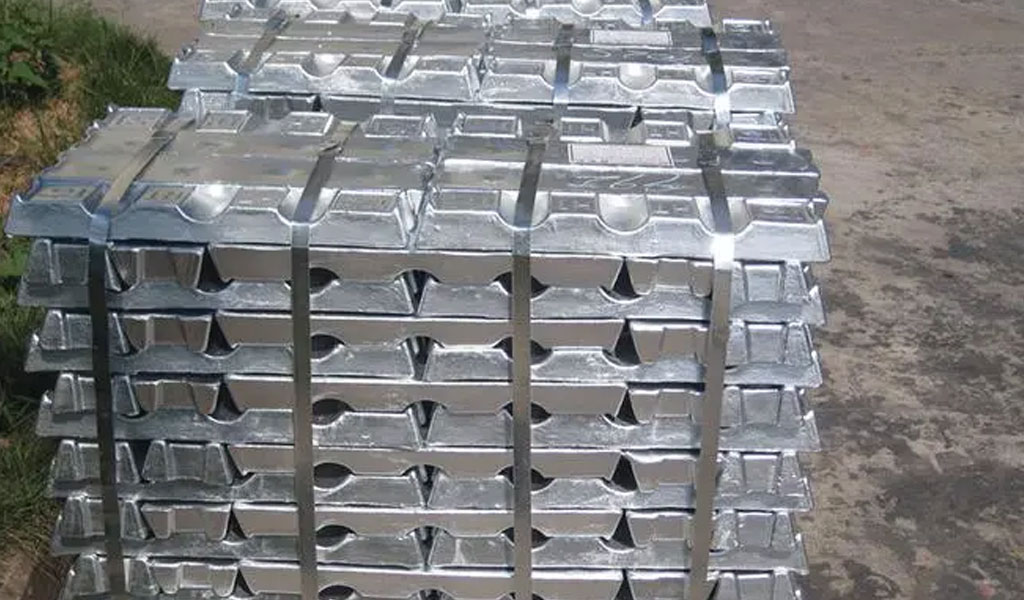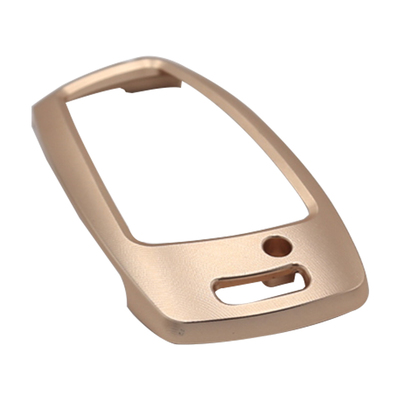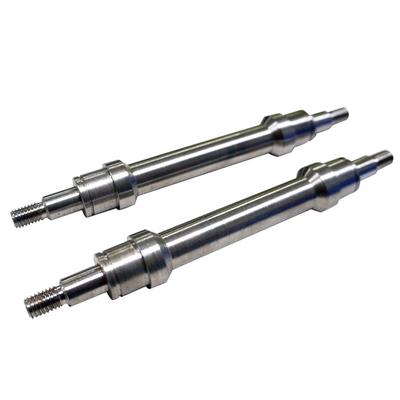Is Zinc Magnetic?

Zinc is a chemical element with the symbol Zn and atomic number 30. It is a transition metal and one of the essential elements for life. In terms of its physical and chemical properties, zinc is commonly associated with its corrosion resistance, galvanizing applications, and its use in alloys such as brass. A frequently asked question regarding zinc concerns its magnetic properties. Is zinc magnetic? To answer this question comprehensively, we must explore its atomic structure, physical characteristics, and behavior in the presence of magnetic fields.
This article delves into the magnetic properties of zinc, providing a detailed exploration of the nature of magnetism, the atomic structure of zinc, and the implications of these factors on its magnetic behavior.
What is Magnetism?
Definition and Types of Magnetism
Magnetism is a physical phenomenon produced by the motion of electric charges, which results in attractive or repulsive forces between objects. The study of magnetism is a subfield of electromagnetism, which deals with the interaction of magnetic fields with materials.
There are several types of magnetism, which include:
-
Ferromagnetism: Materials like iron, nickel, and cobalt exhibit ferromagnetism, characterized by strong, permanent magnetic properties. These materials can be magnetized, and the magnetism persists even after the external magnetic field is removed.
-
Paramagnetism: Paramagnetic materials are attracted to external magnetic fields but do not retain magnetization when the external field is removed. The magnetic susceptibility of paramagnetic materials is positive but weak.
-
Diamagnetism: Diamagnetic materials create an opposing magnetic field when subjected to an external magnetic field. The induced magnetic field is very weak and causes a repulsive interaction with the external field.
-
Antiferromagnetism and Ferrimagnetism: These forms of magnetism involve complex arrangements of magnetic moments in materials, with ferrimagnetism found in certain oxides and ceramics.
Atomic Basis of Magnetism
Magnetism at the atomic level arises from the movement of electrons. The magnetic properties of a material are largely determined by the arrangement of electrons in its atoms, particularly by unpaired electrons in the outer shells of atoms.
The spin and orbital motion of electrons create magnetic moments. If unpaired electrons are present in an atom, their spins can align with an external magnetic field, creating a net magnetic moment. This behavior is responsible for phenomena like ferromagnetism and paramagnetism.
The Atomic Structure of Zinc
Zinc is a transition metal, but unlike iron, nickel, or cobalt, it does not have unpaired electrons in its atomic configuration that would make it strongly magnetic. The electron configuration of a zinc atom is:
n : 1s 2 2s 2 2p 6 3s 2 3p 6 3d 10 4s 2
In zinc, all electrons are paired in the 3d and 4s subshells, which means that zinc does not have the necessary unpaired electrons to generate a strong magnetic moment.
Implications for Magnetism
Given that zinc has no unpaired electrons, it exhibits diamagnetic behavior, meaning that it weakly repels external magnetic fields. When a diamagnetic material like zinc is placed in a magnetic field, an induced magnetic field is created in the opposite direction to the external field. This results in a very weak repulsion, making zinc non-magnetic in the sense that it cannot be permanently magnetized or attracted to a magnet.
Magnetic Properties of Zinc
Zinc as a Diamagnetic Material
Zinc is classified as a diamagnetic material. Diamagnetism is a quantum mechanical effect that occurs in all materials; however, its effects are generally so weak that they are overshadowed by stronger magnetic interactions, such as ferromagnetism and paramagnetism.
For diamagnetic materials, the magnetic susceptibility is negative, which means that these materials create an induced magnetic field that opposes the applied field. The magnitude of this induced field is generally very small, and thus the overall effect of diamagnetism in materials like zinc is weak. Zinc's magnetic susceptibility is measured to be approximately -0.000022, a very small negative value that indicates its diamagnetic nature.
Experimental Observations
In laboratory experiments, zinc's diamagnetism can be demonstrated by placing it in a strong magnetic field. Unlike ferromagnetic materials such as iron, zinc does not retain any magnetization once the external magnetic field is removed. Additionally, if a sample of zinc is suspended in a magnetic field, it experiences a weak repulsive force, consistent with diamagnetic behavior.
Comparison of Zinc to Other Metals
Zinc vs. Ferromagnetic Metals
Zinc contrasts sharply with ferromagnetic metals like iron, nickel, and cobalt. These metals exhibit strong magnetic moments due to the presence of unpaired electrons, which align in response to an external magnetic field. Zinc, lacking these unpaired electrons, does not display ferromagnetism.
Zinc vs. Paramagnetic Metals
Zinc also differs from paramagnetic materials, which have unpaired electrons but do not retain permanent magnetization. Paramagnetic materials are attracted to magnetic fields, but zinc is weakly repelled by magnetic fields due to its diamagnetic nature.
Zinc vs. Other Diamagnetic Metals
Like zinc, many other metals exhibit diamagnetic behavior. Copper, silver, and gold are also diamagnetic. These metals, like zinc, have filled electron shells and weakly repel external magnetic fields. The magnetic susceptibility values for these metals are also small and negative, similar to that of zinc.
Applications of Zinc and its Magnetic Properties
While zinc's diamagnetic properties do not lend themselves to direct applications in magnetism, its other physical and chemical properties make it an essential material in various industries. For example:
-
Galvanization: Zinc is widely used to galvanize steel, providing a protective layer that prevents corrosion. This is perhaps the most well-known application of zinc.
-
Alloys: Zinc is used in the production of alloys such as brass, which is a mixture of copper and zinc. Although brass is non-magnetic, it is valued for its mechanical properties and corrosion resistance.
-
Zinc in Electronics: While not directly related to magnetism, zinc's electrical properties are exploited in the production of batteries, such as zinc-carbon and zinc-air batteries.
-
Biological Role: Zinc is an essential trace element in biology, playing a critical role in numerous enzymatic reactions and the immune system.
Conclusion
To summarize, zinc is not magnetic in the conventional sense. It is a diamagnetic material, meaning that it is weakly repelled by external magnetic fields. This behavior can be attributed to zinc's electron configuration, which lacks unpaired electrons that could give rise to a strong magnetic moment. Despite its diamagnetic nature, zinc's importance in industry and biology is undeniable, with applications ranging from galvanization to the production of batteries.
While zinc’s magnetic properties may not be of practical use, its role in corrosion prevention and alloy formation continues to make it a vital material across a range of industries. The study of zinc’s magnetic behavior, though subtle, contributes to our broader understanding of the nature of magnetism in metals and the role that atomic structure plays in determining a material’s magnetic characteristics.
Reprint Statement: If there are no special instructions, all articles on this site are original. Please indicate the source for reprinting:https://www.cncmachiningptj.com/,thanks!
 PTJ® provides a full range of Custom Precision cnc machining china services.ISO 9001:2015 &AS-9100 certified. 3, 4 and 5-axis rapid precision CNC machining services including milling, turning to customer specifications,Capable of metal & plastic machined parts with +/-0.005 mm tolerance.Secondary services include CNC and conventional grinding, drilling,die casting,sheet metal and stamping.Providing prototypes, full production runs, technical support and full inspection.Serves the automotive, aerospace, mold&fixture,led lighting,medical,bicycle, and consumer electronics industries. On-time delivery.Tell us a little about your project's budget and expected delivery time. We will strategize with you to provide the most cost-effective services to help you reach your target,Welcome to Contact us ( [email protected] ) directly for your new project.
PTJ® provides a full range of Custom Precision cnc machining china services.ISO 9001:2015 &AS-9100 certified. 3, 4 and 5-axis rapid precision CNC machining services including milling, turning to customer specifications,Capable of metal & plastic machined parts with +/-0.005 mm tolerance.Secondary services include CNC and conventional grinding, drilling,die casting,sheet metal and stamping.Providing prototypes, full production runs, technical support and full inspection.Serves the automotive, aerospace, mold&fixture,led lighting,medical,bicycle, and consumer electronics industries. On-time delivery.Tell us a little about your project's budget and expected delivery time. We will strategize with you to provide the most cost-effective services to help you reach your target,Welcome to Contact us ( [email protected] ) directly for your new project.

- 5 Axis Machining
- Cnc Milling
- Cnc Turning
- Machining Industries
- Machining Process
- Surface Treatment
- Metal Machining
- Plastic Machining
- Powder Metallurgy Mold
- Die Casting
- Parts Gallery
- Auto Metal Parts
- Machinery Parts
- LED Heatsink
- Building Parts
- Mobile Parts
- Medical Parts
- Electronic Parts
- Tailored Machining
- Bicycle Parts
- Aluminum Machining
- Titanium Machining
- Stainless Steel Machining
- Copper Machining
- Brass Machining
- Super Alloy Machining
- Peek Machining
- UHMW Machining
- Unilate Machining
- PA6 Machining
- PPS Machining
- Teflon Machining
- Inconel Machining
- Tool Steel Machining
- More Material





